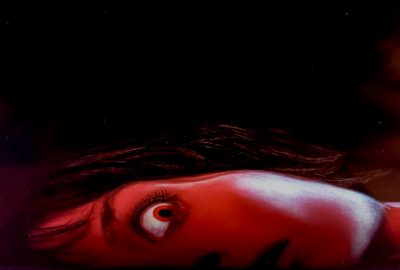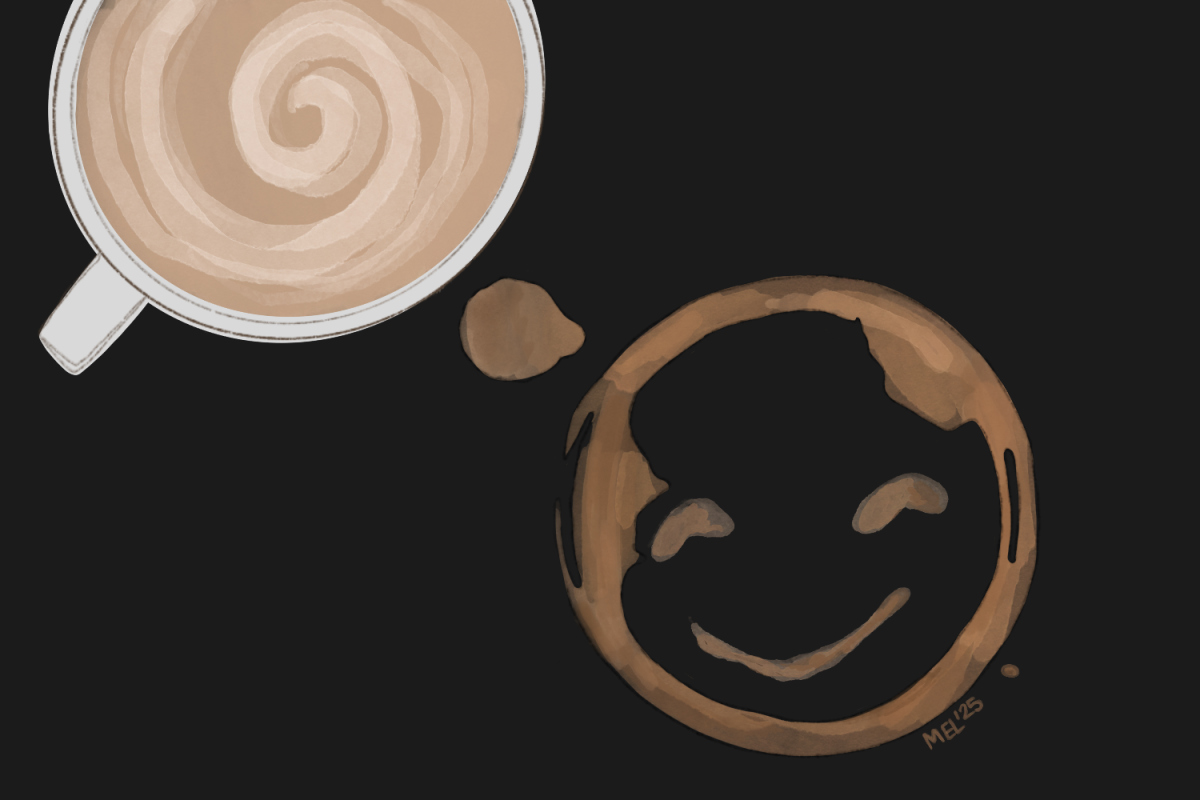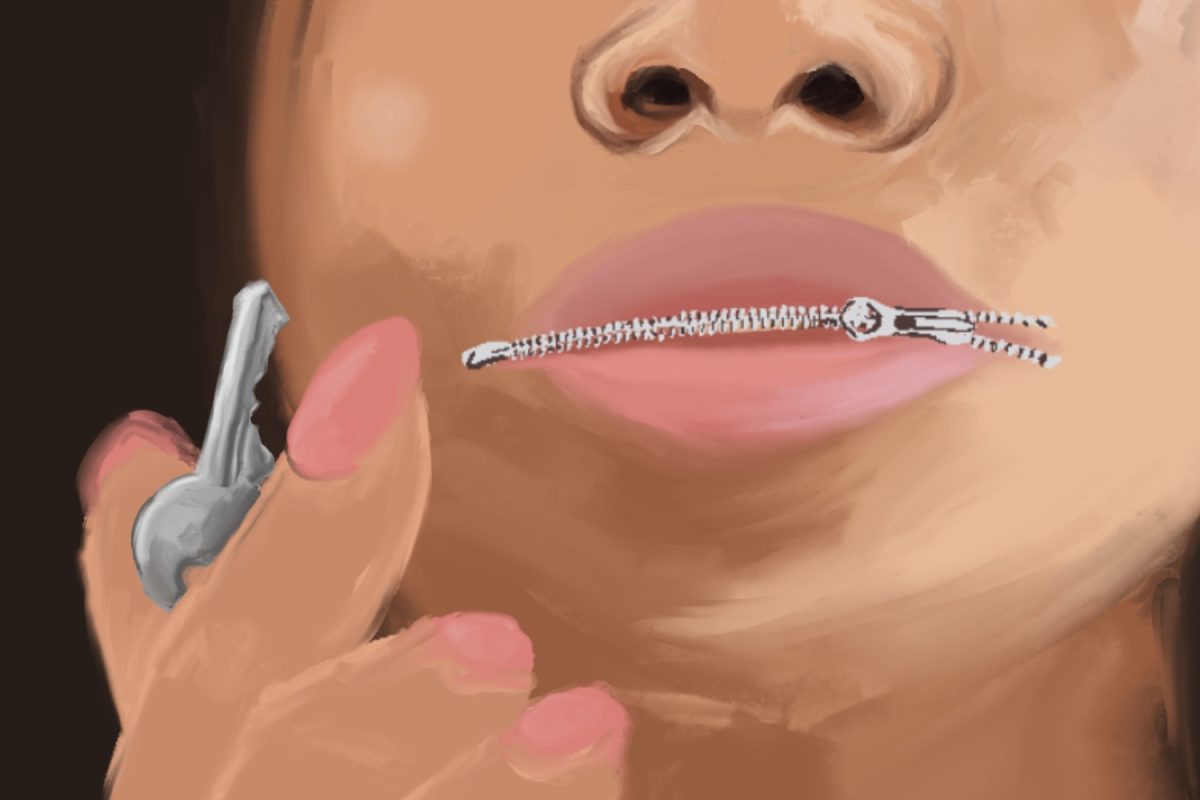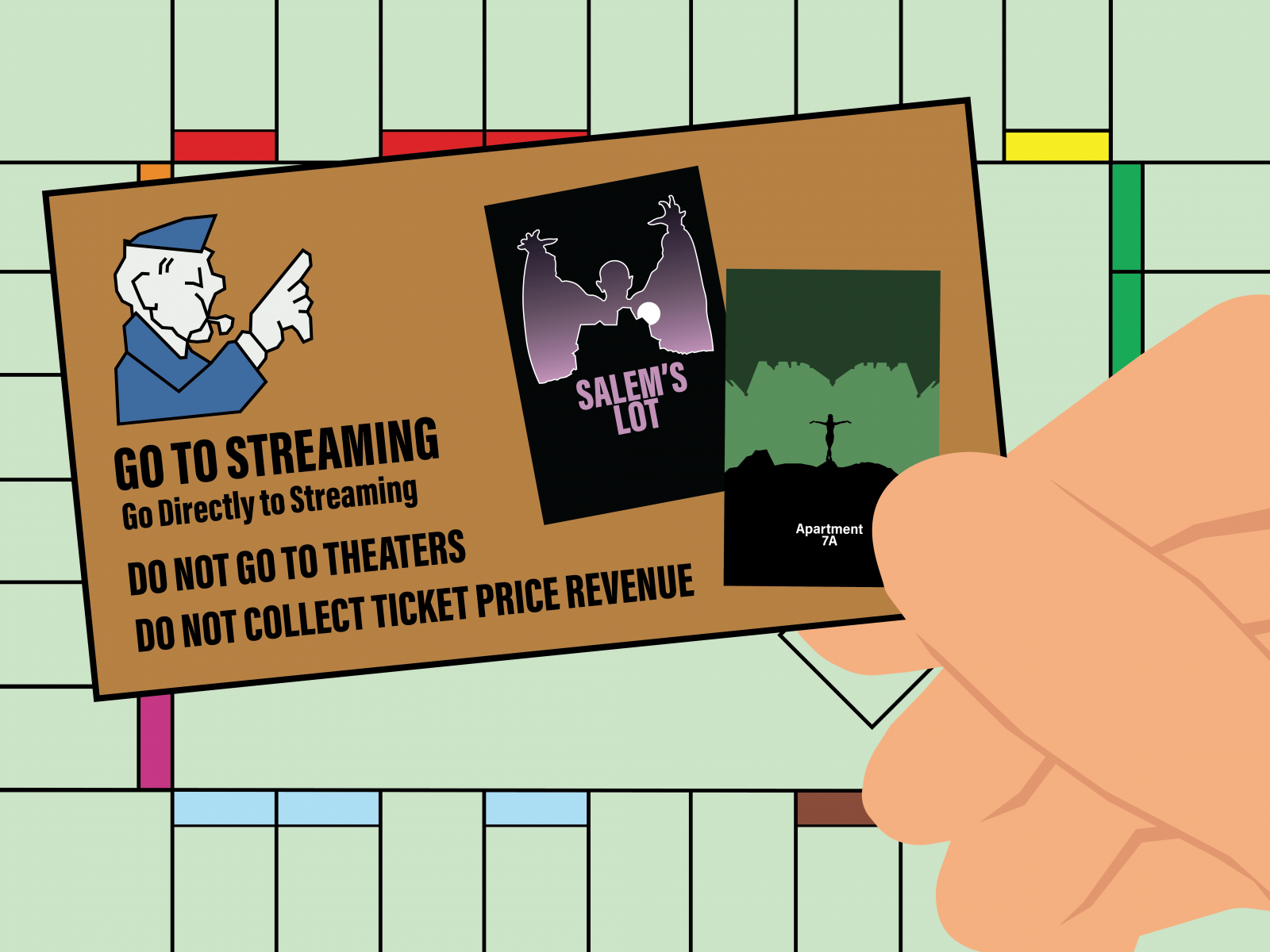In one of the most fun horror movies I’ve seen in a while, the past meets present in more ways than one.
“Malignant”— released Sept. 10 — is a thrilling joyride through horror movie history, combining modern effects and storylines with the slasher movie craze of the 1980s and onward. The movie opens with a classic horror locale: a mental institution in the dead of night. To top off the aesthetic, the movie relies on a found-footage method during the opening minutes, playing what appears to be a case description and videos of violent treatment of a patient on grainy film.
This opening sets the tone for the rest of the film, a movie that one reviewer says “wraps stale genre tropes into a slick and stylish package.” However, this perception of “Malignant” as corny or an amalgamation of overused horror elements completely misses the point. “Malignant” is a love letter to horror history, incorporating the outlandish and enticingly funny aspects that make classic horror films so beloved.
Madison Lake-Mitchell, the main character, endures vivid visions of brutal murders after she is attacked by her abusive husband. It quickly becomes clear to Madison that these murders are happening in real life in exactly the way she sees them, sparking a frantic mission to stop them and discover her own connection to the events.

While the film does not sound exceptionally unique on paper, it shines in its execution. James Wan — the director of “Malignant” and “The Conjuring” film series — creates an elegant and beautiful film that is a pure joy to watch. His camerawork rips the viewer out of their seats and throws them into the scene, leaving them afraid to blink for fear of missing a moment.
Throughout the film, Wan melts and bends reality, leaving the characters and viewers wondering what, if anything, is real. Wan uses visual effects to make Madison’s surroundings fall away in multiple scenes, giving way to a dark, brooding murder scene. It is beautiful and unnerving, showcasing Wan’s gift for horror cinema.
Wan does not hold back on gore, staying true to the slasher subgenre. Slaughter is shown without holding back, making this film decidedly not for the faint of heart. There are a few elements of the film that left me with unanswered questions. With a runtime of just under two hours, a few minutes of additional explanation would have been useful. However, at the end of the day, I enjoyed the film, so I just chalk it up to a suspension of disbelief.
The film’s final twist is as ridiculous as it is fitting. It’s easy to see how some viewers could be disappointed or upset with the conclusion of the film, but I loved it. For such beautiful visuals and camera work, the plot of “Malignant” was a bit outlandish and the finale cements the film’s wackiness. Anything less, and I feel like the movie would’ve fallen flat. As outrageous as the ending was, it fit eerily well.
After watching “Malignant,” I fell into a rabbit hole of horror movies from the ’80s and ’90s. The aesthetic of the film left me craving the look and feel of classic horror, exactly what Wan wanted. The film is an amalgamation of the elements that make horror so enjoyable, and Wan executes it beautifully. The movie is not a collection of stale tropes. It’s a joyous celebration of the genre.
I can already tell that “Malignant” will have a cult following for years to come — with me as a proud member.





























































































































